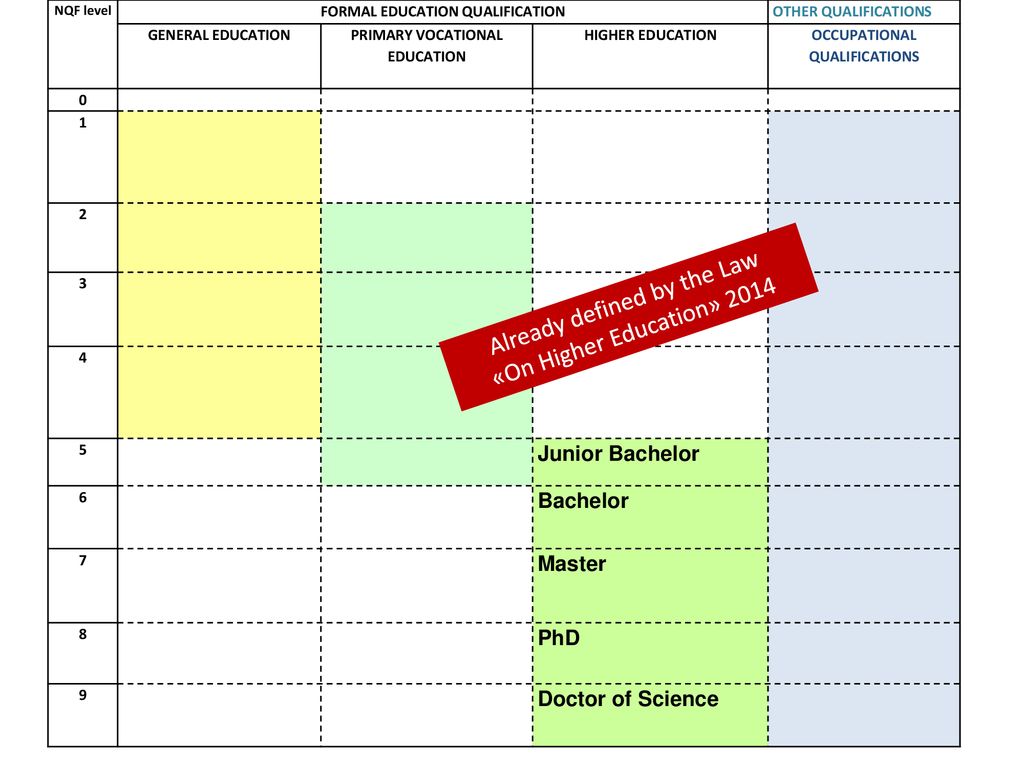Image ProcessIng Comparison of Deconvolution Software.
During deconvolution analysis, the entire z-series is analyzed to create a clearer, higher resolution data set that is not convoluted by out of focus fluorescence. Deconvolution is often suggested as a good alternative to the confocal microscope, as both techniques seek to minimize the effect of out of focus fluorescence on your final image.The process normally is applied before stack; however, it also is common to apply deconvolution to stacked data. Figure 2.0-1 shows a stacked section with and without deconvolution. Deconvolution has produced a section with a much higher temporal resolution. The ringy character of the stack without deconvolution limits resolution, considerably.Deconvolution is a computational method that treats the image as an estimate of the true specimen intensity and using an expression for the point spread function performs the mathematical inverse of the imaging process to obtain an improved estimate of the image intensity. It does not influence image resolution but often improves the contrast.
These burst-type AE signals correspond to specific physical events and can be characterized with Green's functions using methods such as deconvolution analysis, moment tensor analysis and simulation analysis when conditions are favorable.The concept of deconvolution is widely used in the techniques of signal processing and image processing. The foundations for deconvolution and time-series analysis were largely laid by Norbert Wiener of the Massachusetts Institute of Technology in his book Extrapolation, Interpolation, and Smoothing of Stationary Time Series (1949).
.jpg)
In modern optical microscopy and biological research deconvolution is becoming a fundamental processing step which allows for better image analysis. Deconvolution remains however a challenging task as the result depends strongly on the algorithm chosen, the parameters settings and the kinds of structures in the processed dataset. As a core.











